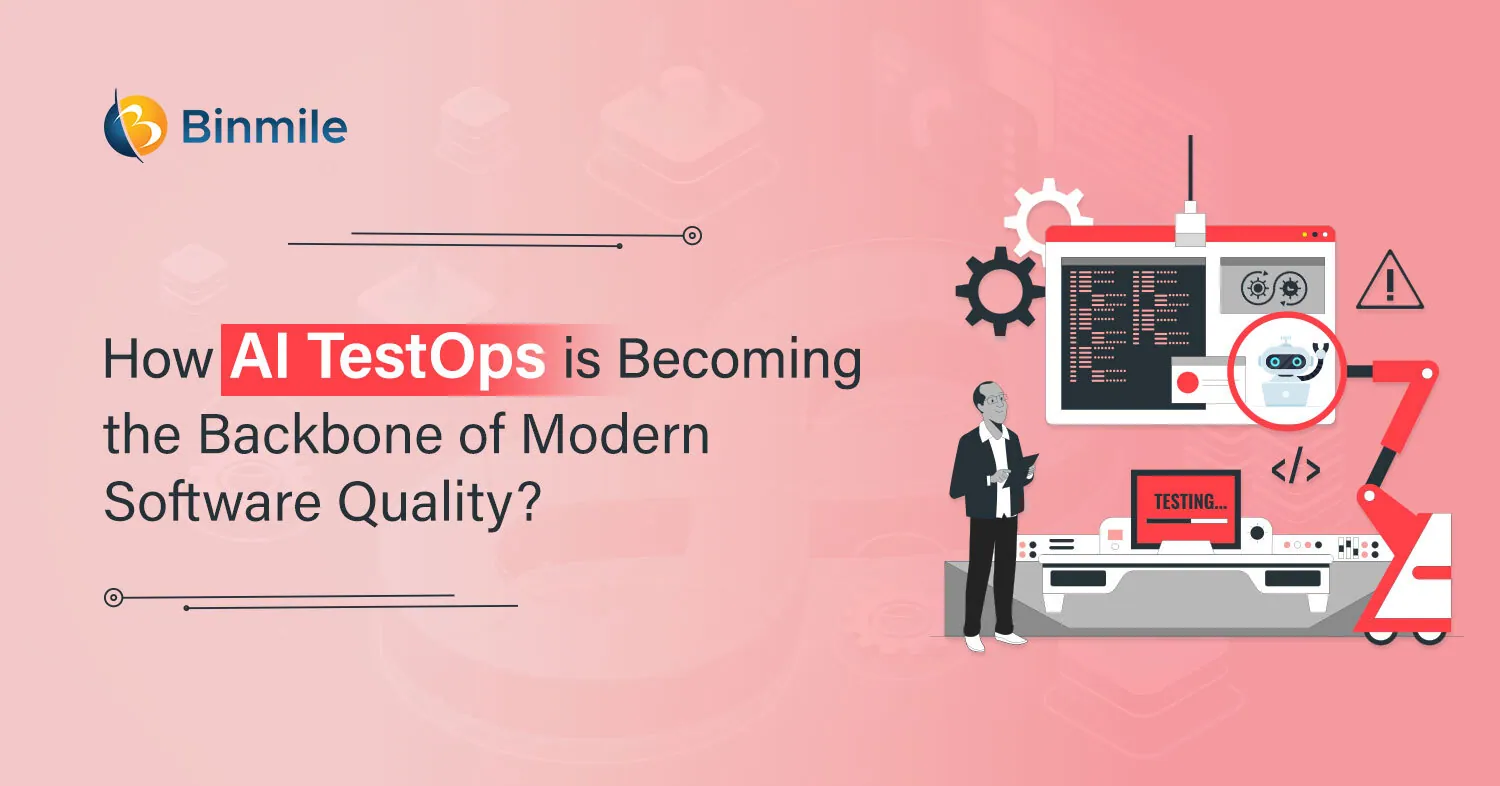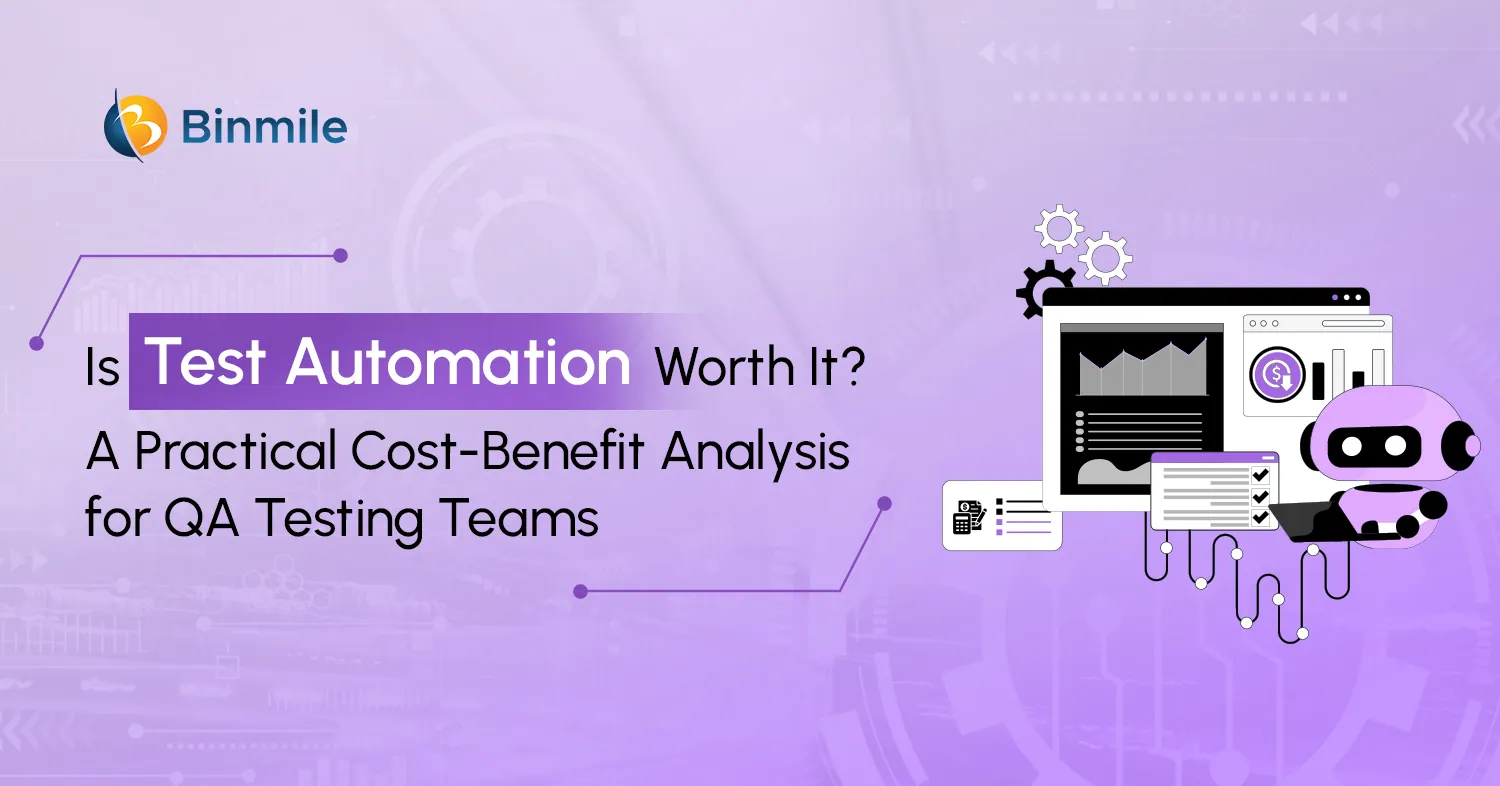Test automation is a basic need for successful outcomes in continuous delivery (CD). When it comes to software testing, testing experts work on different levels of automated tests to ensure the quality of delivery. Continuous delivery is vital to DevOps because you cannot implement DevOps without a process that produces new software repeatedly and incrementally. Continuous delivery requires continuous integration (CI), configuration management, and test-driven development (TDD) strategies to work. Continuous delivery becomes successful when you deploy software throughout the lifecycle, perform push-button deployments on demand, return automated feedback in real-time, and standardize and repeat processes. Testing experts need to automate continuous testing to enable continuous delivery. This blog highlights how software testing experts can achieve continuous delivery with automated testing.
Automated Testing
Automated testing employs a few tools to automate a human-driven manual process of assessing and authenticating a software product. The manual testing process is slow, error-prone, and expensive, but automated testing brings added benefits for team efficiency and helps achieve the ROI of quality assurance teams. Automated testing enables the engineering team to take ownership and empowers the quality analysis (QA) team to focus on sensitive features. Some unique benefits of automated testing include
- automated testing saves time and money
- vastly increases your test coverage
- automates the CI/CD pipeline
- improves accuracy and debugging
- automation does what manual testing cannot
- helps developers and testers
- improves the morale of QA and dev team
Continuous Delivery (CD)
Continuous delivery means delivering new code releases at a faster pace, and automated testing helps you reach that goal. It is not easy to automate delivery with manual, time-consuming steps. CD is a part of a more excellent deployment pipeline and a successor to continuous integration (CI). CI helps run automated tests against any new code changes and verify that those changes don’t break established features or introduce any new bugs. CD comes into action after the CI step passes the automated test plan.
This correlation between automated testing, CI, and CD generates several benefits for software development team. Automated testing confirms quality at every software development stage to ensure the software always remains deployment ready. Some prime CD benefits are
- Automation of the software release process
- Improvement in developer’s productivity
- Finding and addressing bugs quicker
- Delivery of updates faster
The Role of Test Automation in Continuous Testing
Automating tests helps testers in achieving continuous testing in software development practice. When codes are ready at their relevant stages of the release pipeline, automation allows the tests to be executed instantly. This instant execution capability is a cornerstone in various types of automated software testing, such as unit, integration, system, and acceptance testing – each type serving a distinct purpose, ensuring that applications perform as expected at every stage of development. Test automation needs no human involvement. That is why it gives you added benefits. Test automation in continuous testing helps you
- remove dependencies and bottlenecks
- increase speed and quality
- lower costs and time to delivery
- reduce the risk of human error occurring from repetitive work
A test automation solution matters the most when it comes to adopting continuous testing successfully in a CI/CD setup. Test automation is absolutely a prerequisite for scaling continuous or traditional testing. Note that test automation does not enable continuous testing itself. Automated testing supports continuous delivery and offers the confidence that testers need in rapidly changing software. It also helps programmers run automated tests to ensure the stability of their codes.
Finding and implementing the right test automation tools is a challenge. If you choose the wrong test automation tools and approaches, you are likely to miss the actual benefits of automation. QA organizations deploy test automation for continuous delivery with test automation tools like Selenium, SauceLabs, and BlazeMeter. They integrate testing tools into CI/CD pipeline servers like Jenkins, TeamCity, and CircleCI. Then they begin the automation process to accelerate operations and improve code coverage.
Also Read: Healenium in Appium Test Automation
Need for Automation Testing in Continuous Delivery
The release quality is improved by continuous testing culture. This culture also gives your business a competitive edge. Hence, this culture is a critical aspect of modern software development.
- Code security is a big issue, and continuous testing assures safety and consistency within the app due to set security parameters. Automated QA services can scale your app without hindering your business
- Continuous testing ensures constant feedback. Automation testing lets you execute the changes, test them, and share inputs in real-time. It gives stakeholders insights for making informed decisions instantly. Ultimately, it assists in faster releases and quality output
- If any code is released without checking, it can be risky for a business. Continuous testing is the best way to avoid this risk as it detects the bugs early in the development stage
- Previously, testing and development teams used to work in silos and faced significant quality issues. Such quality issues can be resolved with continuous testing for quicker releases
- Test automation frameworks help test codes on existing browsers and operating systems. These frameworks save your time and confirm complete testing processes
- The test cases and procedures differ when you conduct a load test or the performance test because manual actions consume maximum time. Automating testing takes care of both testing processes and procedures. Consequently, you can test across platforms and browsers with minimal effort.
Although automation makes a big difference, some tests should be conducted manually. Still, implementing QA in CD can speed up the release cycles. Look at some tips that can help you optimize QA in continuous delivery. These include
- Alignment of different teams responsible for continuous integration and continuous delivery
- Creation of detailed documentation to enhance quality and reduce overall development-related risks
- Implementation of the Selenium tool to automate the process and provides consistency
- Monitoring every stage of the CD to notice the results and read every test report to identify the issues and make the necessary changes
- Selection of CD tools that match your business needs exactly
Best Practices to Plan Automation Testing in Continuous Delivery
Some prevalent practices can help testing experts automate testing through continuous delivery and get quality output in the least amount of time.
1. Gradual Changes
Concept: The first practice is to implement the feature simultaneously. Though it is challenging to identify minor issues implementing the feature, you cannot detach the exact problem. You can also set up automation by proposing smaller feature changes.
- Best way: Break the feature down into sub-features and execute them one at a time, not all at once.
- Outcome: Once you test all committed codes, merge codes to make a single feature. It will help you face no challenges when integrating the feature, identifying the bugs, and communicating with development teams.
2. Pinpoint Automation Components
Concept: While processing several tests for a particular software app, you can’t automate all the tests. Together, it is almost impossible to prioritize the running of tests.
- Best way: Identify the tests and processes you prefer to automate. Then, categorize the tests into manual and auto modes.
- Outcome: This way, you can realize how many tests need automation. Then, you can prioritize automated tests.
3. Integrate Parallel Testing
Concept: Parallel testing comes into action after incorporating automated testing into your pipeline and prioritizing tests. You need to conduct two independent automated tests simultaneously with parallel testing. While setting up the parallel testing on a single machine, there can be some issues.
- Best way: Set up the infrastructure that helps you to implement parallel testing with minimal effort and resources.
- Outcome: It will assist you in saving time and lead to faster releases.
4. Critical Functionality Check
Concept: It is vital to conduct all automated tests as per code requirements and check the critical functionality of codes.
- Best way: Enable smoke tests as an initial step to check all the critical aspects. Go ahead with other test types after completing primary checks.
- Outcome: Your code will contain the original functionality even with multiple changes.
5. Incorporate Feedback
Concept: The testing environment is automated to improve feedback, include newer versions faster, and confirm a stable environment. Here, you need to enable inputs for quicker releases and sound fixes.
- Best way: Plan the feedback before implementation to get better insights and details into user interactions.
- Outcome: You can build codes with these observations that match all requirements.
All mentioned practices will likely help testers achieve continuous delivery with automated testing smartly.
Free Download: Case Study on Software Testing Services
Conclusion
Automated testing is a standard modern software development practice where teams use automated tests that depend on the CI/CD. Test automation for continuous delivery results in faster assessment, minimal delays, quicker feedback, consistent results, agile configurations, and higher scalability. Automation testing services can make the most out of your software products.
It is easy to automate testing in continuous delivery with the best test automation practices and get better results. Binmile is an automation testing company that helps testers achieve continuous delivery with automated testing smartly.
Software Quality Assurance Conference: TestU 2022 and TestU 2023









